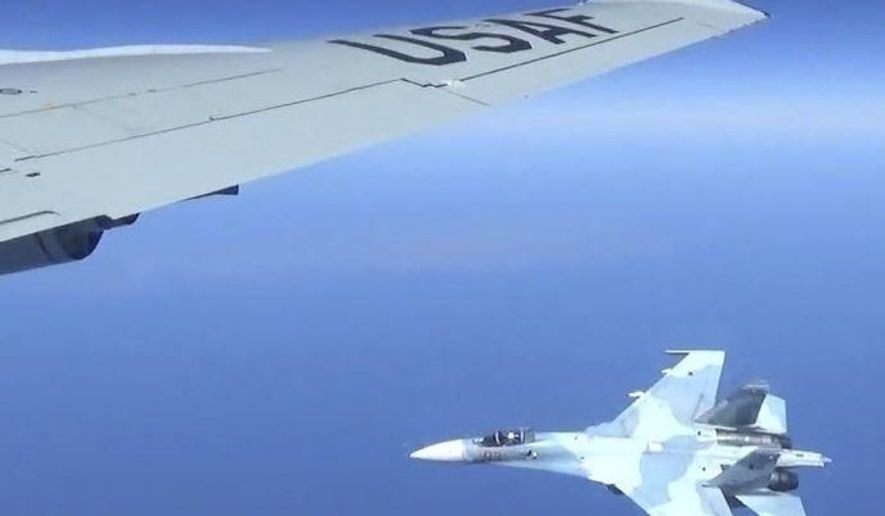OPINION:
Air-to-ground or air-to-air missiles have one thing in common — they have a seeker head, or targeting system on the missile that uses radar or heat-seeking technology to find and lead the weapon to the target to destroy it.
The Russian defense industry says it will deploy powerful lasers on its new sixth-generation fighter that will be able to “burn” enemy homing systems on projectiles fired in their direction, to make them unable to hit a target.
“We already have laser protection systems installed on aircraft and helicopters, and now we are talking about developments in the field of powered lasers that will be able to physically destroy attacking missiles’ homing heads. … Roughly speaking, we’ll be able to burn out ‘the eyes’ of missiles that ‘look at us.’ Naturally, such systems will be installed on sixth-generation aircraft as well,” said the Adviser to the First Deputy CEO of Radio-Electronic Technologies Group (KRET) Vladimir Mikheyev, reported Russian state news agency TASS.
Drone technology is also a high priority for the Russian defense industry. Manned aircraft flying alongside swarms of unmanned drones is a concept being developed on both sides of the Atlantic.
“One drone in a formation flight will carry microwave weapons, including guided electronic munitions while another drone will carry radio-electronic suppression and destruction means, and a third UAV will be armed with a set of standard weaponry. Each specific task is solved by different armaments,” Mr. Mikheyev added.
Microwave weapons will complement the laser components on manned aircraft also.
PHOTOS: Best combat rifles of all time
“The use of microwave weapons is highly problematic for a plane with a pilot due to the need to preserve his life. But if we develop an additional system of protection against our own microwave weapons, we’ll lose even more space and the weight margin. Besides, even the most complex and effective system can be insufficiently efficient,” he said.
Combined with advanced radar concepts, the array of new technologies will be formidable.
“The radio-photonic radar will be able to see farther than existing radars, in our estimates. And, as we irradiate an enemy in an unprecedentedly wide range of frequencies, we’ll know its position with the highest accuracy and after processing, we’ll get an almost photographic image of it — radio vision. … This is important for determining the type [of an aircraft]: The plane’s computer will immediately and automatically identify a flying object, for example, an F-18 with specific types of missile armament,” Mr. Mikheyev said.




Please read our comment policy before commenting.